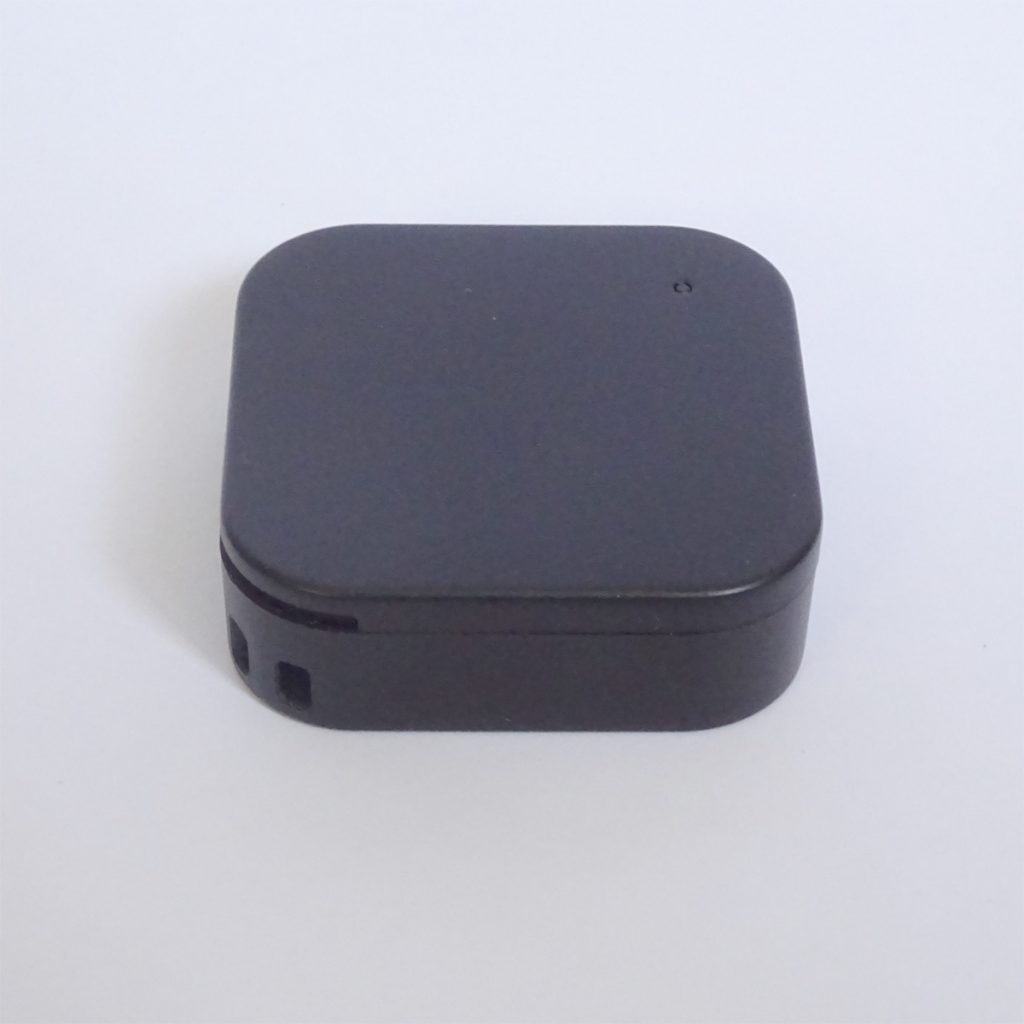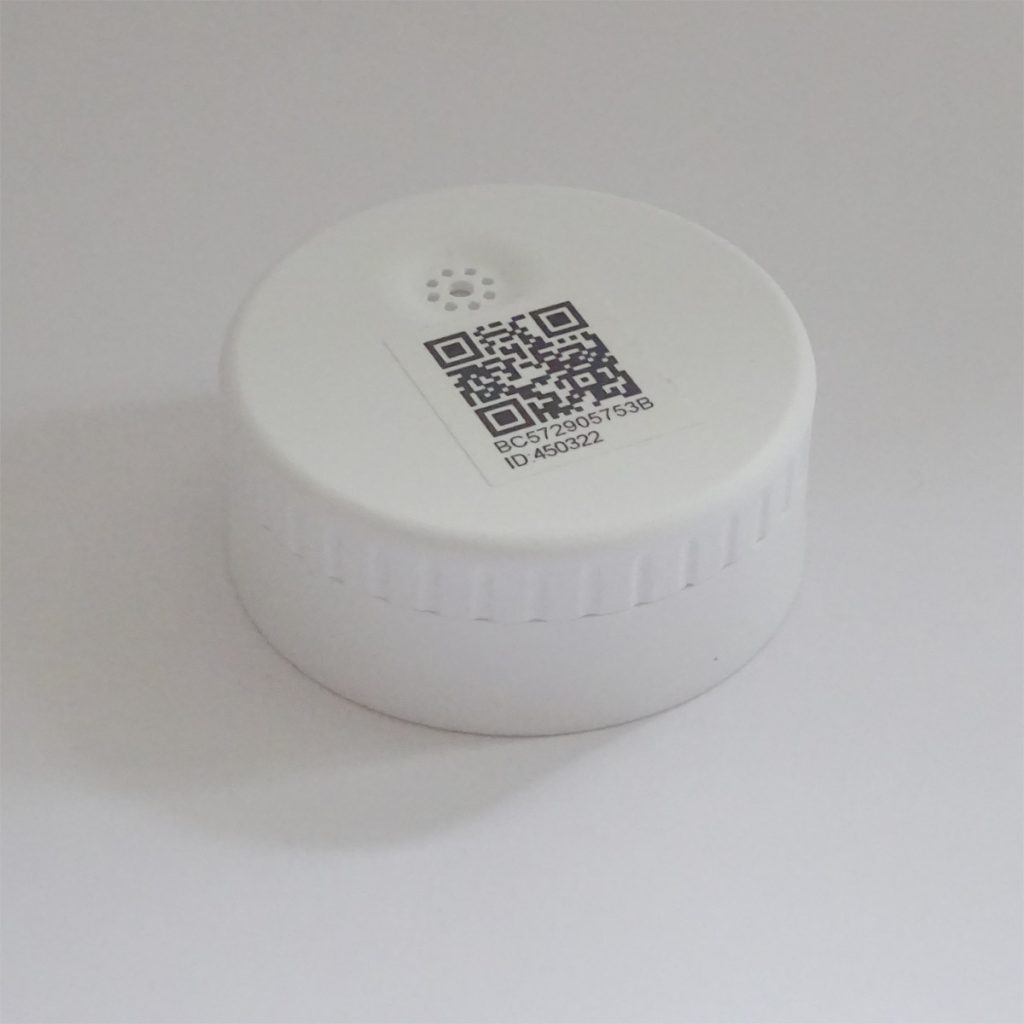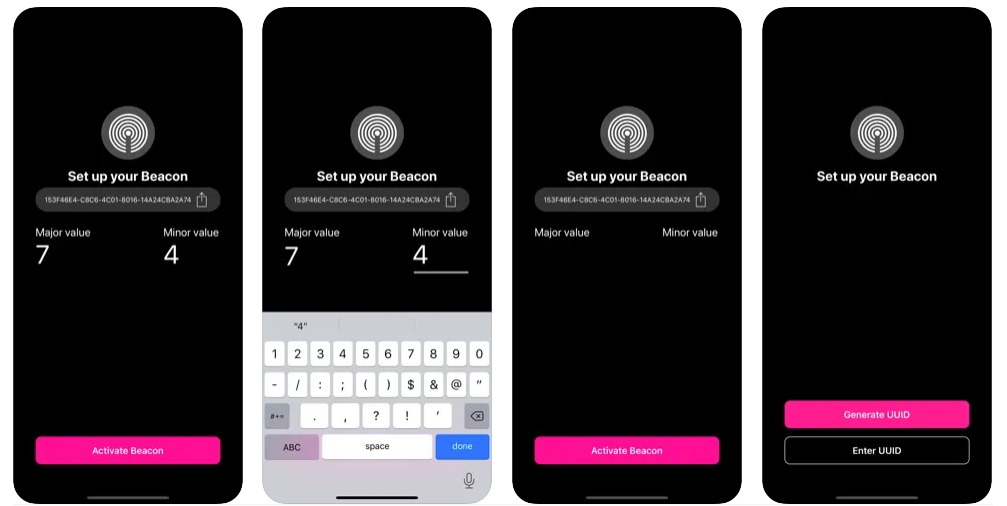Bluetooth technology is designed to be backward compatible across different versions. Here are the key points about Bluetooth backward compatibility:
General compatibility: Newer Bluetooth versions are typically backward compatible with older versions. This means that devices with newer Bluetooth versions can usually connect to and communicate with devices using older Bluetooth versions.
Classic and Low Energy: There are two main types of Bluetooth: Classic (BR/EDR) and Low Energy (LE). Classic Bluetooth radios are backward compatible with other Classic radios, while LE radios are backward compatible with other LE radios. However, Classic and LE are not directly compatible with each other.
Version-specific compatibility: Bluetooth 5.0 devices can connect to devices using Bluetooth 3.0 and later versions.
Feature limitations: When a newer Bluetooth device connects to an older one, it typically operates at the capabilities of the older device. This means that advanced features of newer versions may not be available when connecting to older devices.
Performance considerations: While backward compatibility ensures basic connectivity, there may be differences in performance, such as audio sync issues or reduced transmission rates when connecting devices with significantly different Bluetooth versions.
Future developments: As Bluetooth technology continues to evolve, backward compatibility remains a priority. For example, the upcoming Bluetooth 6.0 is expected to maintain backward compatibility with previous versions.
It’s important to note that while backward compatibility is a core principle of Bluetooth design, specific device implementations may vary, and some features may require both devices to support the same version and have implemented the relevant part(s) of the specification, for optimal performance.


